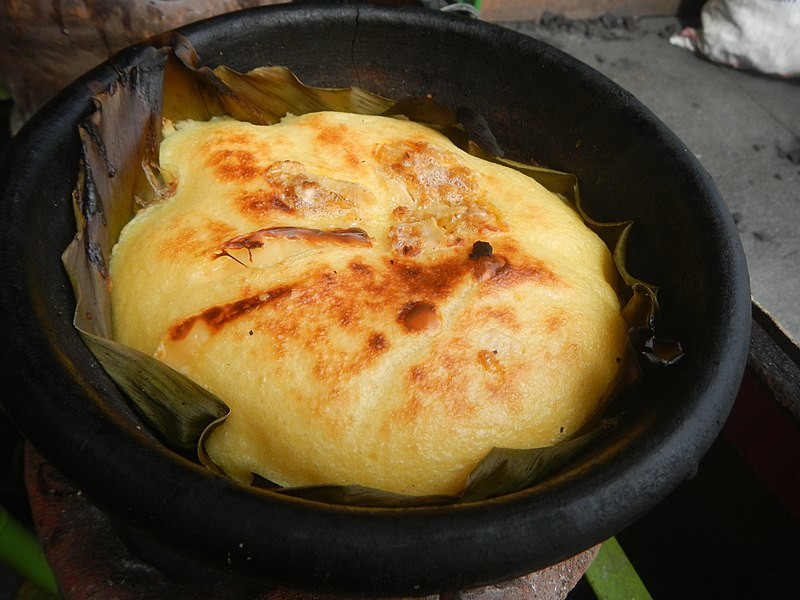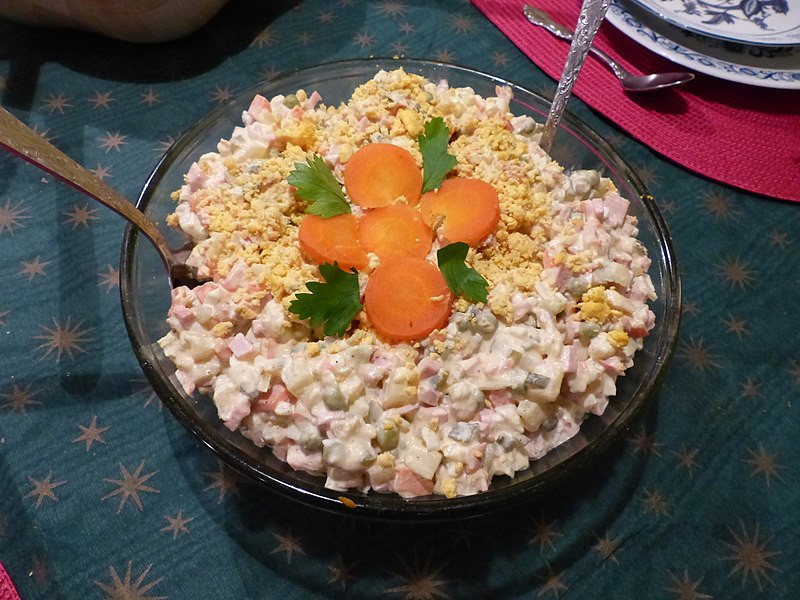Christmas is approaching. Which gifts will you put under the tree? Well, another important and sweet thought that tickles us is certainly the Christmas menu. Which ingredients and recipes? The great classics of the local tradition? Or do we dare different recipes, perhaps from other countries?
Well, get ready, because today want to take a trip to some Christmas tables around the world!
Ten Christmas dishes: a culinary journey into the tradition of the world1) In
England it's not Christmas without
Christmas Pudding, a fruit and spice cake served with butter sauce, or brandy butter sauce, or custard. Tradition has it that inside it there should be coins that will bring luck to those who will find them in their slice on Christmas day. Also, the holly placed on its top is a symbol of good luck. But above all, tradition has it that a small piece of pudding preserved
from the previous Christmas is put in the dough! It is also rich in symbolism: it contains 13 ingredients (like Jesus and his disciples) and some families still pass down the tradition according to which every member of the family must turn the dough, strictly counter-clockwise, from east to west, to honor the arrival of the Three Kings.
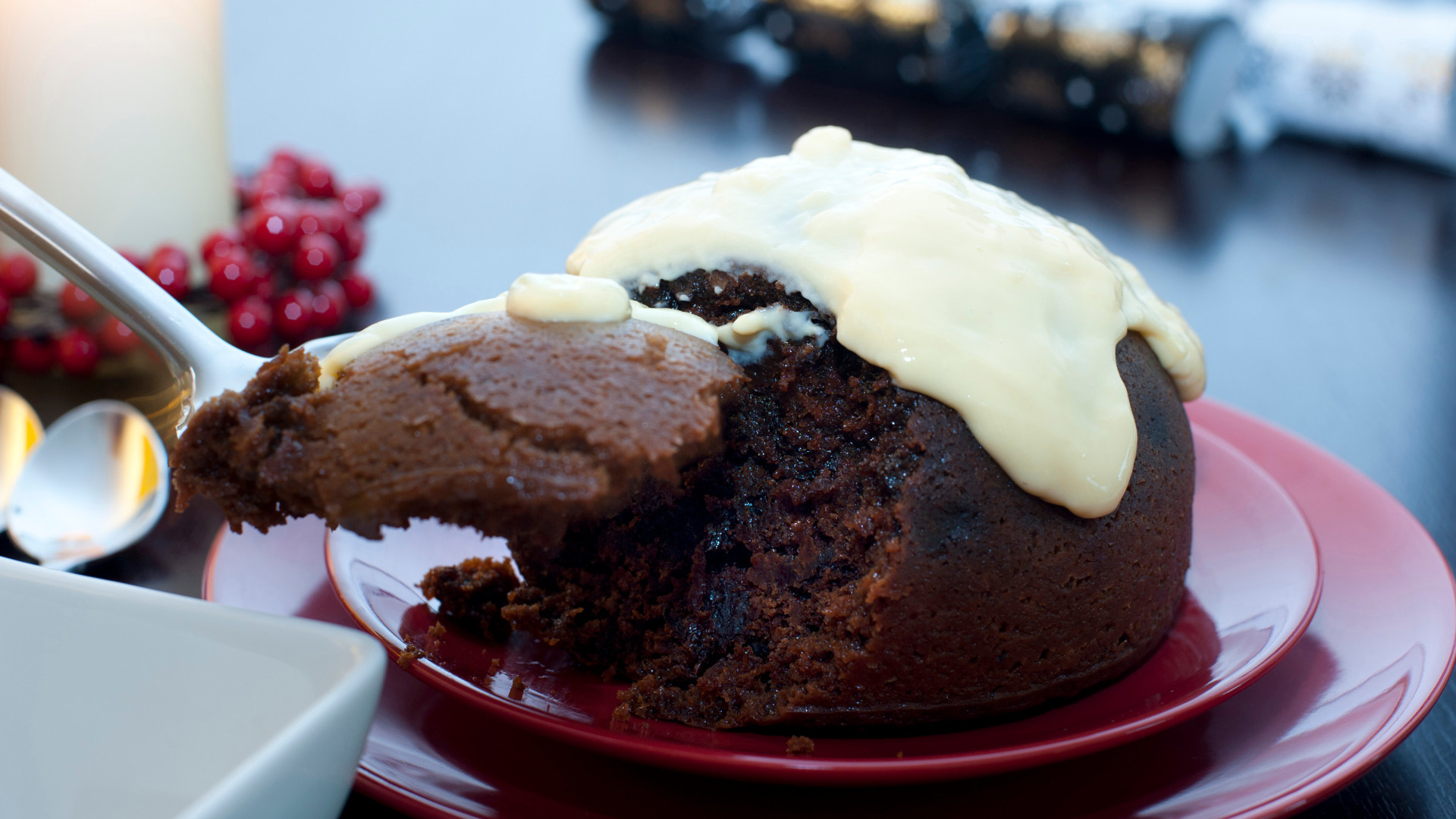
2) The Christmas table in
Germany is rich and plentiful. The most important dish is probably the
Martinsgang, a roast goose stuffed with apples, onions and chestnuts. Its preparation requires hours of cooking. It is accompanied by a side dish of red cabbage and
kloesse, a sort of large potato dumpling.
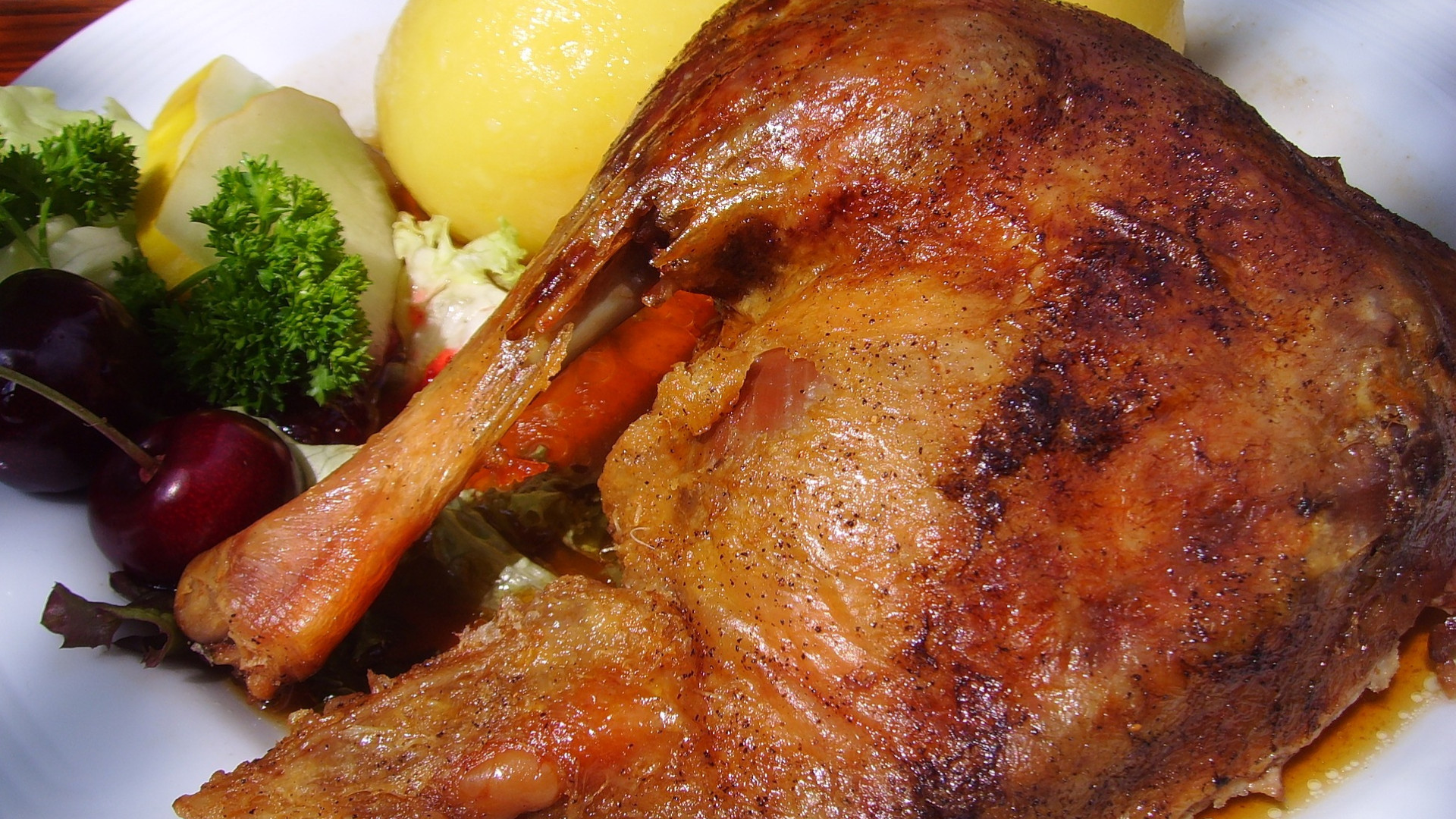
3) In
Portugal also there are many culinary traditions related to Christmas, which change from region to region and from county to county. A typical element of Portuguese Christmas is fire: on Christmas Eve, in fact, it is customary to light a large bonfire to symbolize the triumph of light over darkness. Christmas Eve’s dinner is called
Consoada, a term that indicates a light meal that is taken at the end of a fasting day and derives from the Latin “
consolare”, to comfort. In the north of Portugal, in places like Minho, Porto and Guimarães, it is customary to reserve a place for recently deceased family members at the Consoada table or to leave the table set for them and the light on all night. On the table, the undisputed protagonist is cod, the national dish
par excellence. A very popular recipe is cod made with cabbage, potatoes, carrots and eggs. After the meal, according to Catholic etiquette, many attend Mass, where friends meet and greet the whole community.
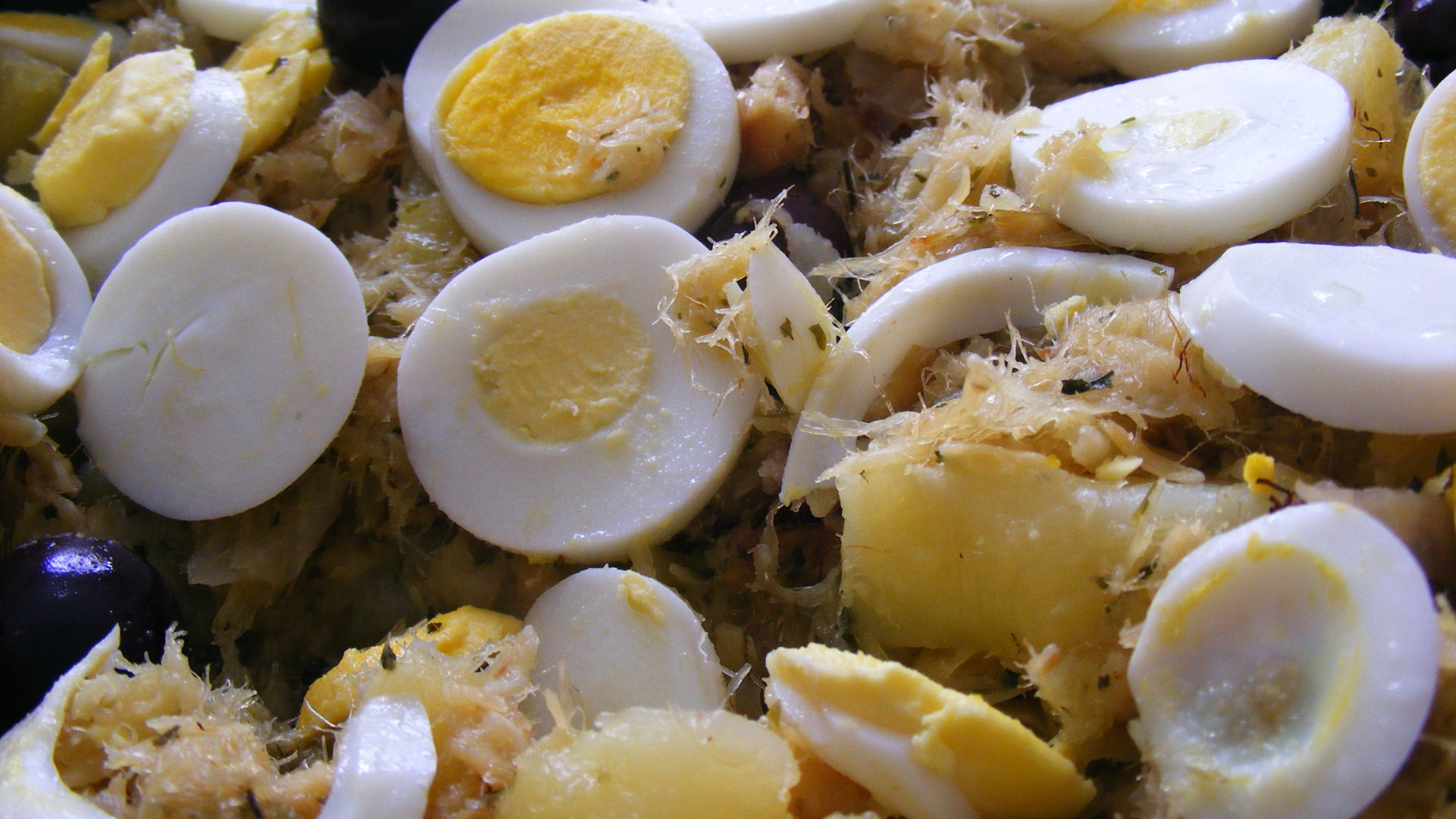
4) The
Galette des Rois (literally King’s cake), on the other hand, is the dessert that unites
France from north to south. It is prepared with puff pastry and an almond filling and has a surprise inside: tradition has it that the eldest at the table cuts the cake into slices while the youngest hides under the table, without peeking. It is the youngest who assigns each slice to the guests. A candy, an almond or a coin is hidden in a single slice of cake (originally it was more often a bean) and whoever finds it can take the golden cardboard crown that decorates the galette and be the king of the day! It is traditionally consumed for the epiphany but also at the carnival. Its name tells its story: the kings are the Biblical Magi, and the galette was originally not a dessert but rather bread. From France, it has spread all over the world, and today it is found in the German-speaking countries, with the name of
Dreikönigskuchen, in Spain, where it is known as
Roscón de Reyes, in Latin America and in the USA, where it is called King cake.
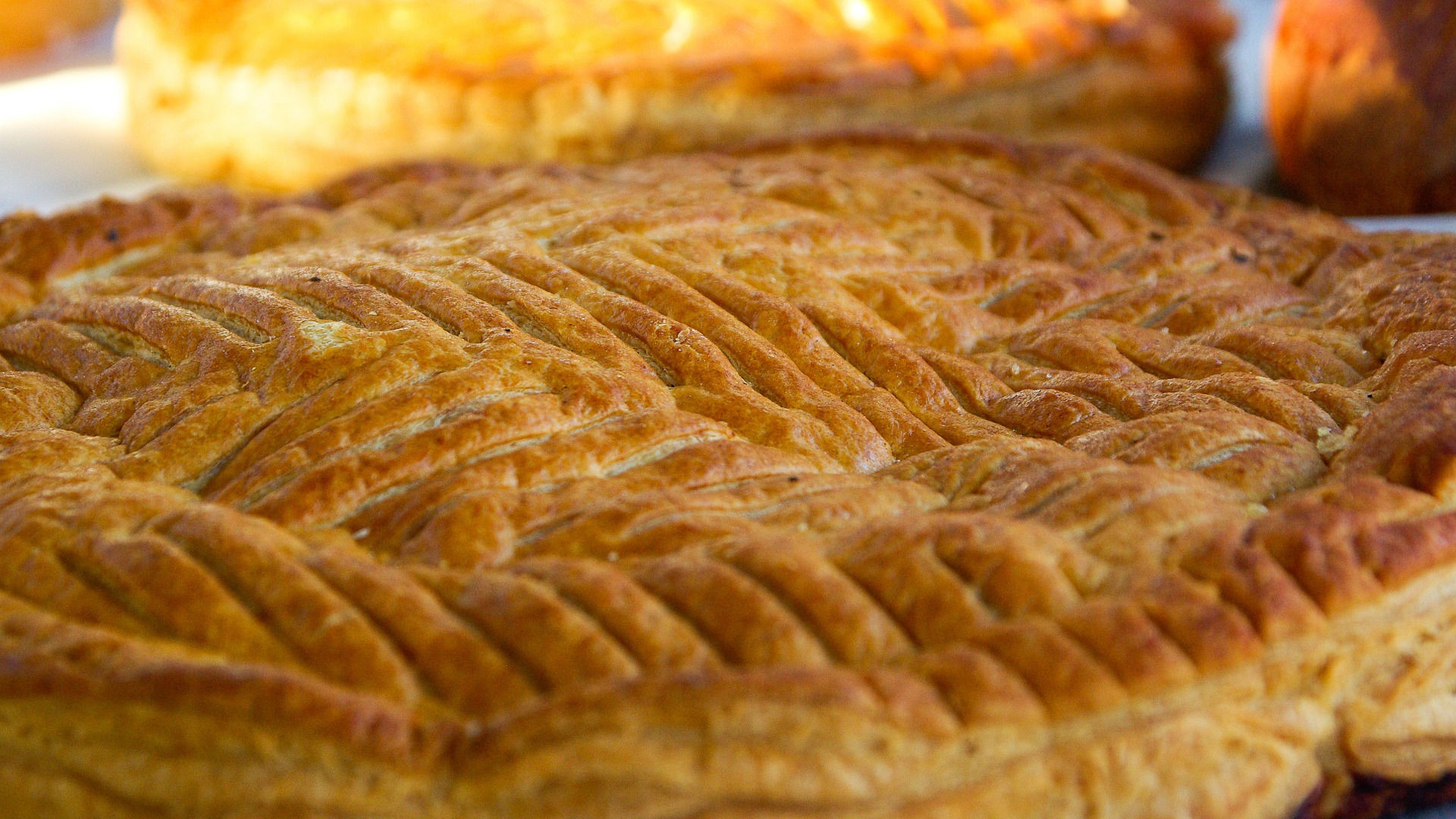
5) Moving to South America, specifically in
Chile, we find
Pan de Pascua, a kind of
panettone which, despite its name (it means Easter’s bread), is prepared in December. It seems to have been introduced by Italian migrants. The basic ingredients are: flour, butter, sugar, eggs, milk and it is particularly rich in candied fruit, raisins, walnuts and almonds. The fantastic scent that it emanates is due to the addition of chopped orange peel, cinnamon, clove powder and anis to the mixture. A real delicacy!
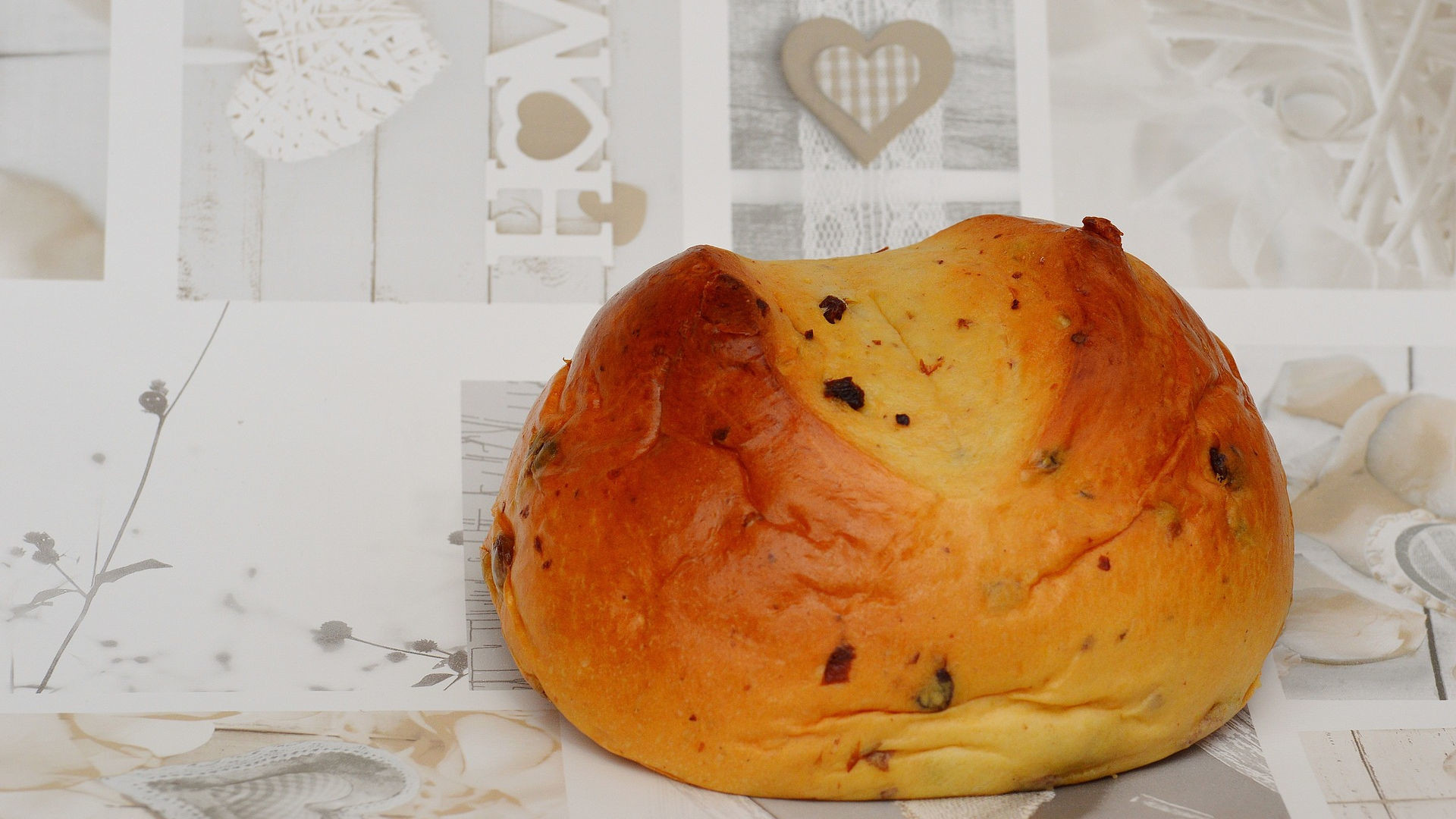
6) If you ask your friends from the
Philippines, chances are that they will tell you that the main dish of Christmas is
Bibingka, a spongy rice cake made with coconut milk and eggs. It is cooked wrapped in a banana leaf, and then covered with butter or melted cheese and sugar. Often, before or after mass, Filipino families have breakfast with Christmas dishes, including Bibingka, sold in stalls outside the churches.
7) In
Mexico, December 12th is the day that marks the beginning of the Christmas holidays. On this day, Mexicans celebrate the Virgin of Guadalupe. According to tradition and to the Catholic church, the Virgin appeared to a Mexican man in 1531, offering him love and protection.
Tamales, a sort of stewed dumplings, are served throughout the Christmas period. Families often prepare three types of tamales:
tamales verdes (with tomatillo and chicken sauce),
tamales rajas (with chilli and cheese) and
tamales de mole poblano (with chicken and mole sauce). They are often accompanied by a hot drink (also typical of Christmas) called
ponche, prepared with guava, apples, cinnamon sticks, tamarind pods, brown sugar and raisins.
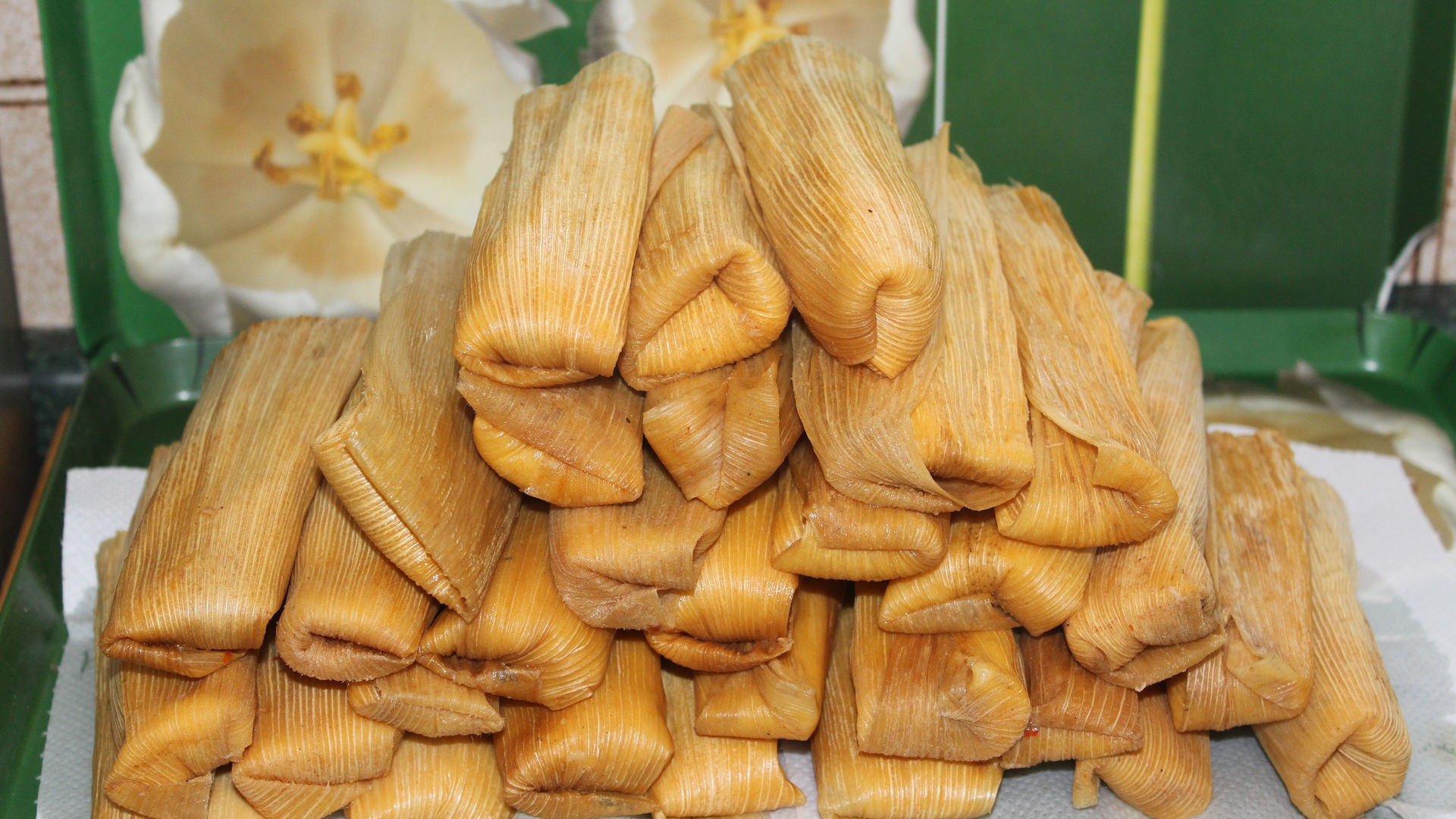
8) Christmas in Russia, according to Orthodox liturgy, is celebrated on the night between the 6th and the 7th of January. Its celebration was forbidden during the Soviet era, but it is now again an official and deeply felt holiday. According to ancient Russian traditions, hay should be placed under the tablecloth. The latter must be white. This, in order to remember the manger in which Jesus was laid when he was born. Under the table, on the other hand, there must be an iron object. Everyone must step on it, to spend the year in full strength and health. An unmissable dish is definitely the Olivier salad, a kind of Russian meat-based salad (once prepared for the Tsar) with birds’ necks (usually throstles), rooster tongues and fillet. But there are also variations: with crab for instance, or with other delicacies, eventually served together with a bowl of mayonnaise for dipping.
9)
Lussekatte are, on the other hand, typical
Swedish sweets that with their colour and scent invade Swedish bakeries and pastry shops throughout the Christmas period. They are sweet buns with saffron and raisins made in a peculiar S-shape, often accompanied by a glass of milk or hot Glogg: a drink based on red wine and spices very similar to mulled wine.
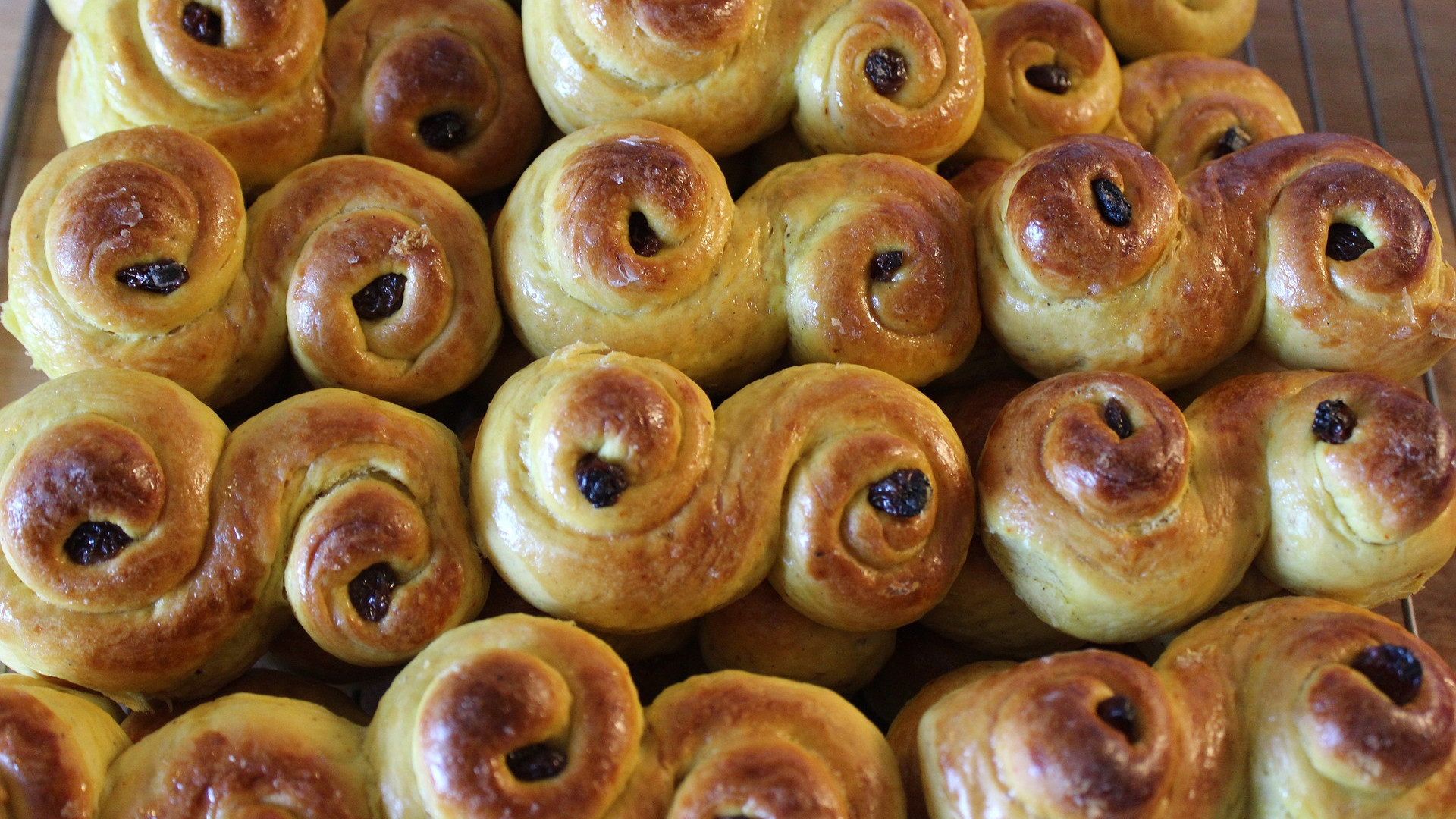
10) Snow-covered trees, frozen lakes and wooden houses: how not to mention
Lapland, home of Santa Claus? Important celebrations of the Lappish Christmas last the entire day of Christmas Eve. According to tradition, December 24th is the birthday or the name day of Adam and Eve. It is also the last day when it is possible to decorate the Christmas tree. To Adam or Eve is dedicated the star at the top of the tree. During Christmas Eve the ritual of "Christmas Peace" is celebrated. As tradition has it, the ceremony starts at noon in the city of Turku, the ancient Finnish capital. Families and friends get together and, in the afternoon, there are the preparations for Christmas Eve dinner.
Rice porridge, made with abundant milk and sugar, is a classic of this holiday menu. Here too, tradition has it that almond is hidden inside the porridge bowl: be careful because anyone who finds it on his/her plate could get married within a year!
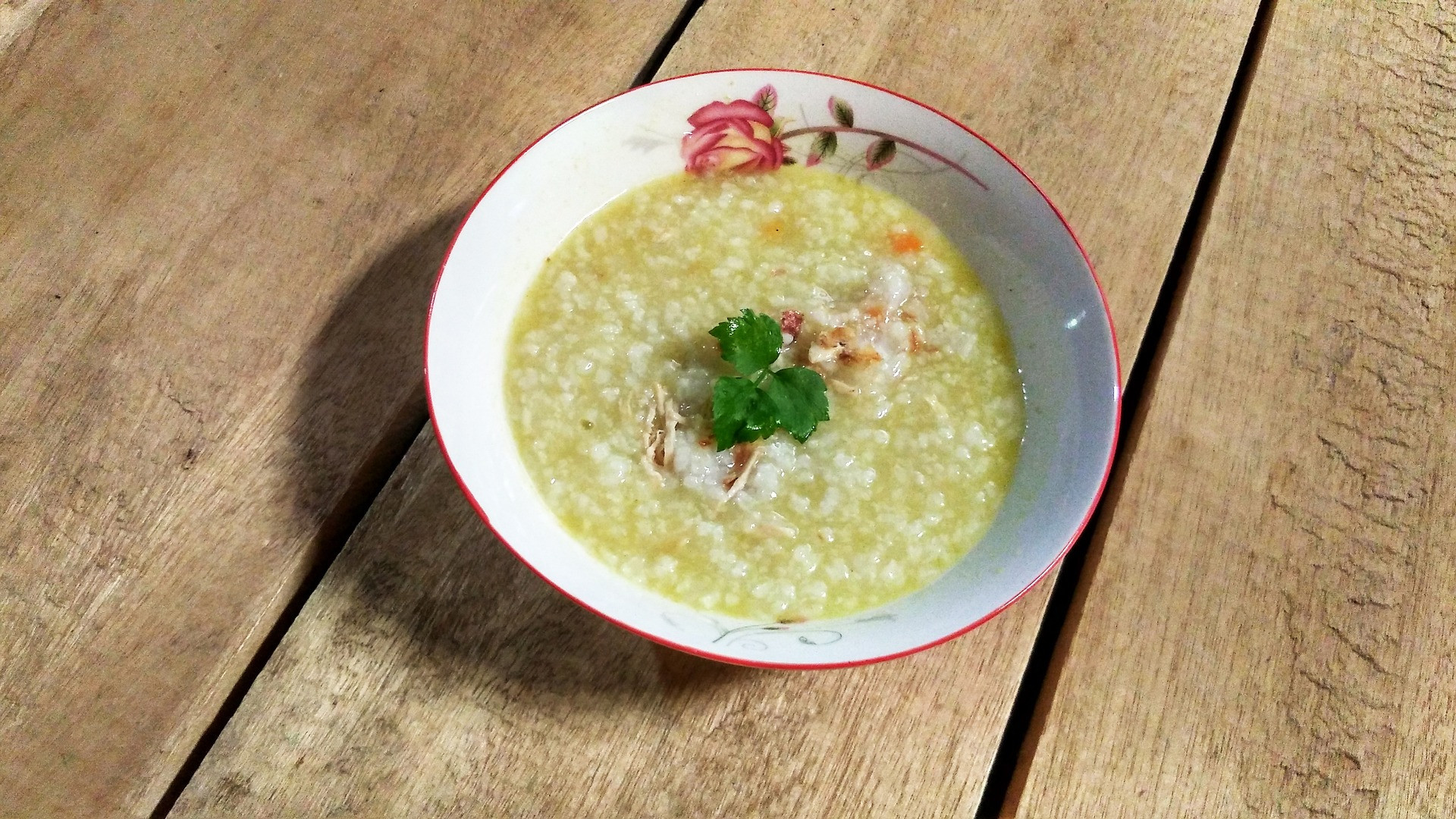
The list of Christmas culinary traditions is long, and we could go on for a long time to come. We will probably get back on the subject because we love it! And we hope that these recipes and customs from tables around the world will help you travel... at least with the imagination!





